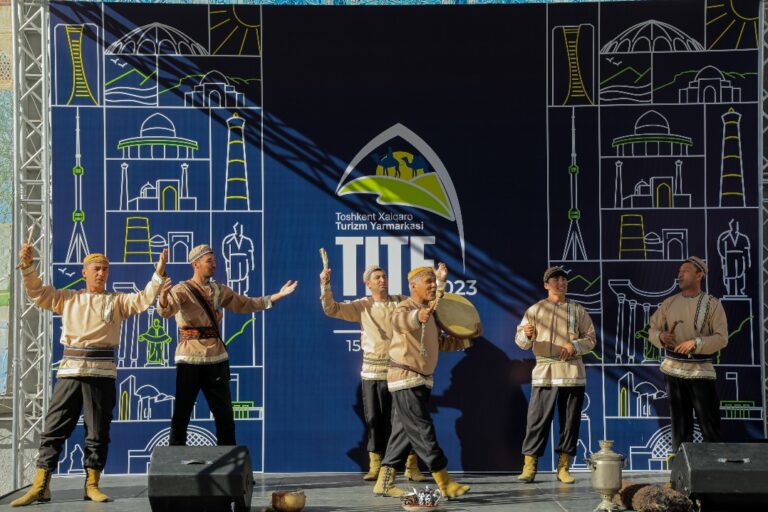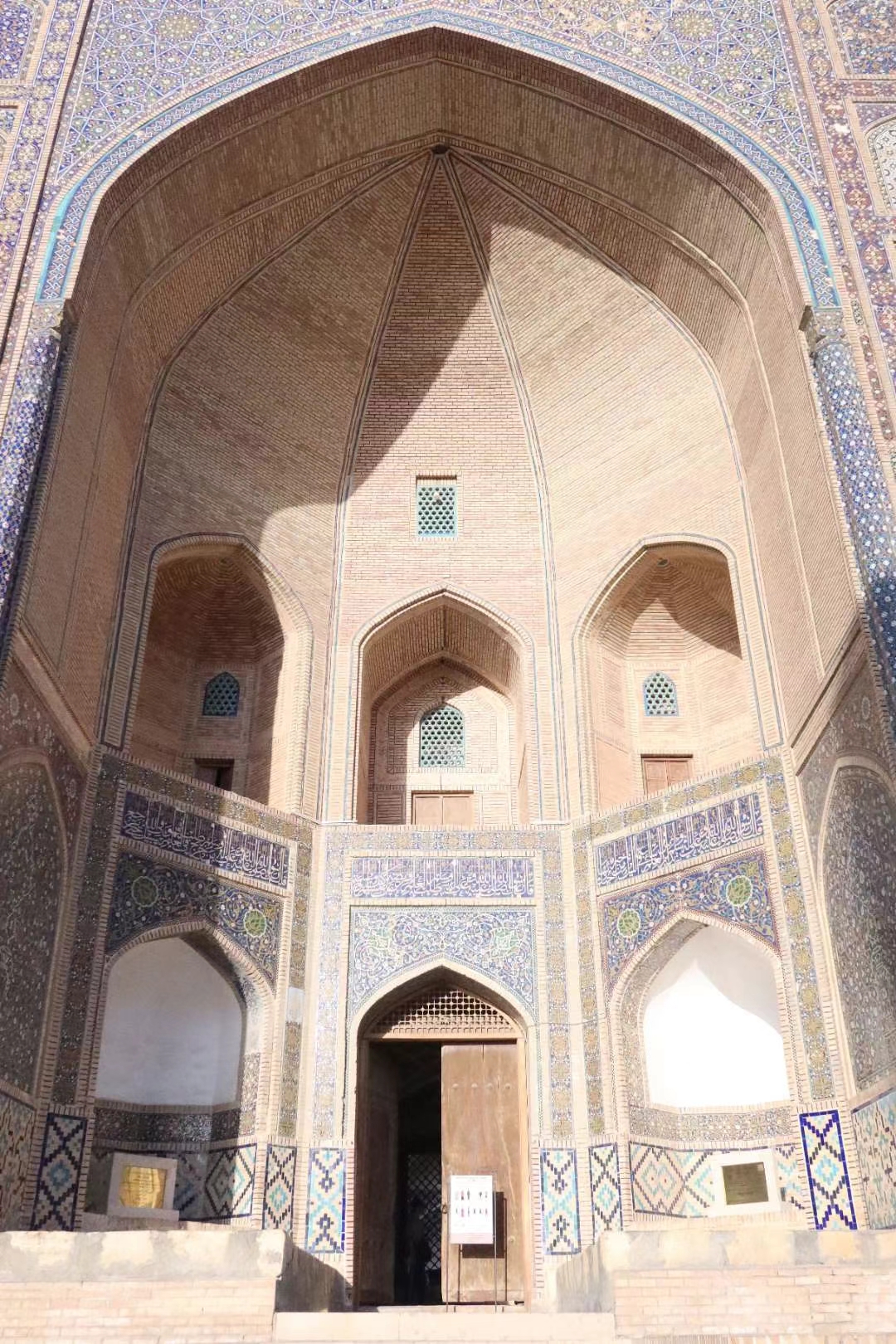
Mir Arab Madrasa, a historic Islamic educational institution in Bukhara, Uzbekistan. China Daily
Samarkand, the pearl of the Islamic world, is as old and revered as Rome, the Eternal City, and Athens, the City of Wisdom, yet it receives only a fraction of the attention of those two capitals.
In fact, most people know that Rome is in Italy and Athens is in Greece, but few have even heard of, let alone known that Samarkand is in Uzbekistan.
That anonymity, the result of being largely ignored by travelers from around the world, may be one reason for the surge in Chinese tourists to the Central Asian country discovering the wonders of Samarkand and other unknown ancient treasures.
The renewed interest in the region was spurred 11 years ago when Chinese President Xi Jinping unveiled in Astana, Kazakhstan, the proposal that became known as the Belt and Road Initiative, drawing attention to this corner of the world and igniting a passion among travelers to discover new attractions and adventures.
“Before I went to Central Asia, I only had a vague idea of what it was like,” said Yu Shengnan, 31, an office worker from Guangzhou, Guangdong province.
“I was planning a low-cost world trip and noticed that cities like Almaty and Samarkand were affordable stopovers for traveling in the Middle East, so I decided to go there.”
Having completed a 300-day round-the-world trip last year, Yu said he was very pleased with what Central Asia had to offer.
“For me, Central Asia was full of wonderful surprises. There are so many amazing natural landscapes to explore and a rich historical heritage. The architecture is diverse, with Soviet-era styles found next to magnificent mosques. I have visited many Arab countries, but the mosques in Samarkand were astonishing. Central Asia offers truly unforgettable experiences.”
The visa-free policy introduced by China and Kazakhstan last year has made the Central Asian countries more attractive to Chinese tourists. Chinese tourists can now stay in Kazakhstan for up to 30 days and in Uzbekistan for 10 days without a visa. According to official statistics, about 217,000 Chinese tourists visited Kazakhstan last year, a 12-fold increase compared to 2022.
The year 2024 has been designated the Year of Tourism in Kazakhstan in China, and more Chinese tourists are expected to visit Kazakhstan.
Central Asia saw a strong increase in travel in the first quarter, with visitors from China growing by more than 300 percent year-on-year, according to Chinese travel services platform Trip.com.
Most of the visitors are millennials and Gen Z, attracted to destinations such as Almaty in Kazakhstan, Tashkent in Uzbekistan, Bishkek in Kyrgyzstan and Dushanbe in Tajikistan.
Central Asia attracts two basic types of tourists, Yu said: those who see it as a cost-effective stopover on longer-distance trips, and those looking for a niche destination after visiting other countries.
“It’s a place where you can really immerse yourself in history and culture,” she said.
Qian Shihao, a 29-year-old analyst in Shanghai, who visited Central Asia 10 months ago for his first overseas trip since the pandemic, said he had traveled to more than 20 countries but wanted a lesser-known destination.
“I love visiting places with a deep history. I chose Samarkand because none of my friends had been there. From there I explored other cities in Uzbekistan and Kazakhstan.”
Qian said he was most impressed by the “history lovers” he met during his 15-day trip.
“These Chinese tourists come to Central Asia to see history. They visit ancient ruins and cities that have disappeared, many of which are surrounded by pasture land and arid desert,” he said.
“Local people are largely indifferent to these surroundings, but Chinese tourists who come here with their eyes wide open will find a valuable piece of history.”
“Here and there you even find fragments with inscriptions on them. You would never get them in Europe or Southeast Asia.”
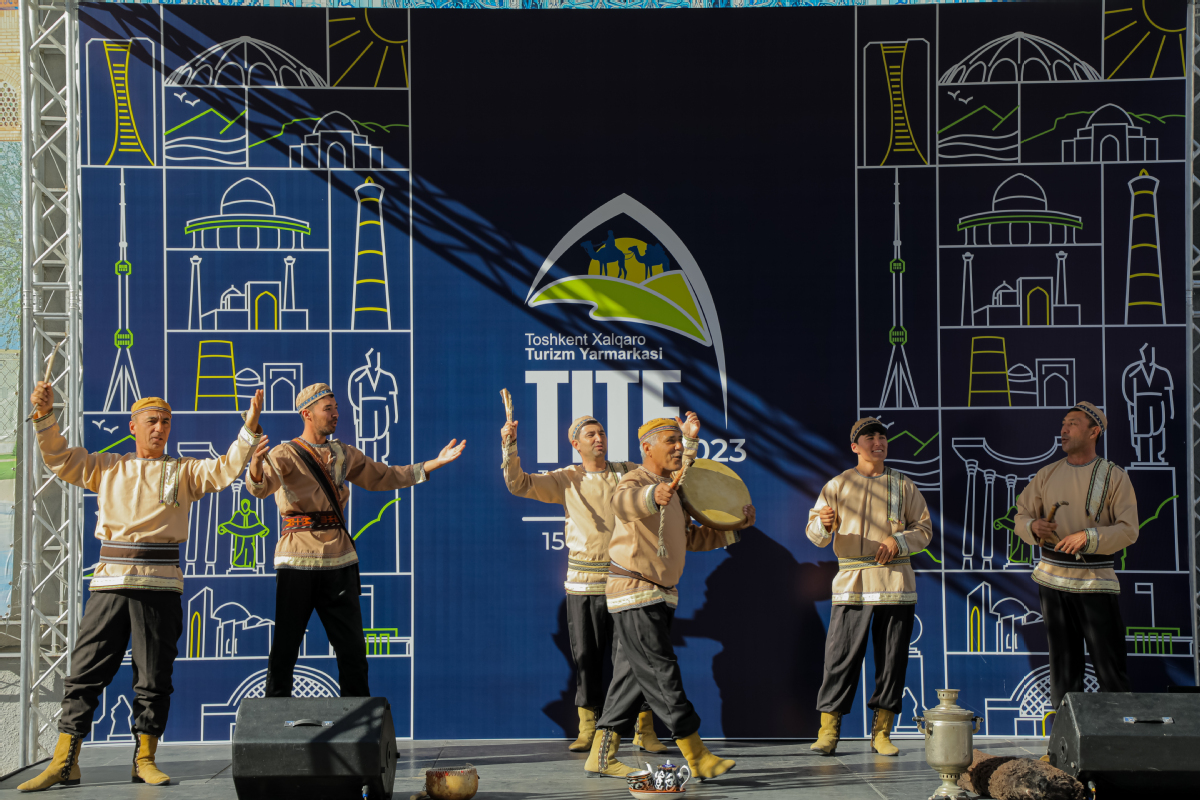
People perform at the 28th Tashkent International Tourism Fair “Tourism on the Silk Road” in Tashkent, Uzbekistan, on November 15. The event was organized by the Ministry of Ecology, Environmental Protection and Climate Change of Uzbekistan. Xinhua News Agency
Historical Links
For many Chinese tourists, China’s deep historical ties with Central Asia are a major attraction.
Local museums display stories and depictions of missions by the renowned monk and traveller Xuanzang (602-664) and Zhang Qian, a Western envoy, diplomat and explorer from the Han dynasty (202 B.C.-220 A.D.), Yu said.
“You might even see street artists painting Zhang’s story on hand-held fans,” she says. “That’s a rare sight in China these days, but here they’re keeping these stories alive. It’s a unique and moving experience you’d never get in Europe or the Middle East.”
Yang Hongchao, 35, an algorithm engineer from Shanghai, also chose Central Asia as his post-pandemic international travel destination.
“Growing up in Xinjiang, I was familiar with China’s Tianshan mountain range, but I was intrigued to learn that it extends into Central Asia,” Yang said.
“Although we Chinese are right next to Central Asia, the countries are almost a mystery to us. So I decided to spend three months exploring the region.
“The Central Asian landscapes are stunning and often underrated. The people are friendly and homestays in Kyrgyzstan and Tajikistan are a unique opportunity to experience local life. It left an indelible impression on me. Some of my friends are hoping to follow the same path as me.”
Ardak Akmukhan, 35, from Hami in the Xinjiang Uighur Autonomous Region who has lived in Almaty for more than 10 years, said he has seen a sharp increase in the number of Chinese tourists visiting Kazakhstan this year.
“Last year there were very few companies needing bilingual guides, but now one company is recruiting 50 to 100 Chinese-speaking guides,” said Aldak, a Chinese tour guide in the capital for two years.
She attributes the increase in numbers to the visa exemption policy and the promotion of Kazakh culture on Chinese social media platforms such as Douyin and Xiaohongshu.
“Previously, very few Chinese people would consider Kazakhstan as a travel destination. Now they are attracted by the beautiful scenery and rich culture they see on social media,” she said.
Cai Chiaxin, 32, who has worked in the tourism industry for nine years, said tourism was already beginning to take off in Central Asia 14 years ago.
“Our travel agency started offering Central Asia tours in 2010, but the groups were small and mainly business-oriented. However, with the Belt and Road Initiative, interest in Central Asia has visibly increased. Since the China-Central Asia Summit in Xi’an last year, interest has grown and the number of tour groups has also skyrocketed.”
The visa-free policy has led to a 30 percent increase in the number of group tourists compared to last year, Tsai said.
“During the May Day holiday, many tourism and trade exhibition groups headed to Central Asia. This year, even more Chinese trade exhibition groups are heading to Central Asia to display their products at exhibitions and explore business opportunities, promoting trade between China and Central Asian countries.”
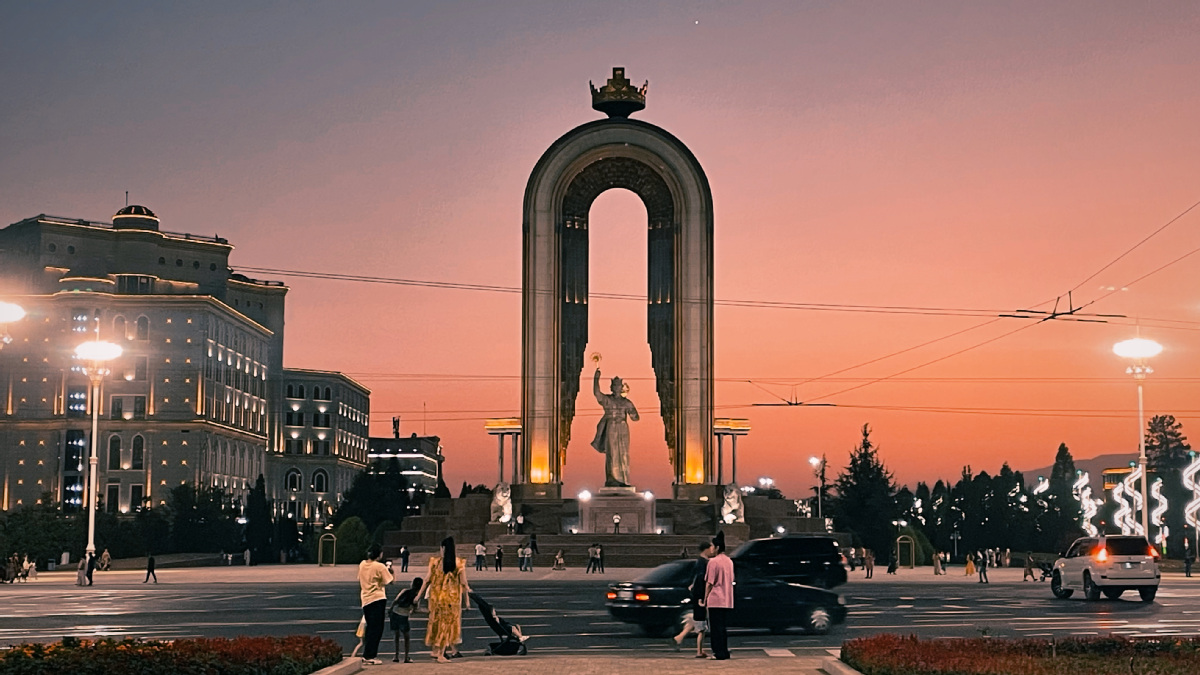
A bronze statue of Samanid leader Ismail Samani in Rudaki Park in Dushanbe, Tajikistan. Photo by DENG XIANG/CHINA DAILY
Deepening Relationship
Zou Tongjiang, the first Chinese vice-president of Samarkand’s “Silk Road” International University of Tourism and Cultural Heritage, said there are many reasons for the recent travel boom in Central Asia.
“This is closely related to the deepening ties between Central Asian countries and China,” Zhou said.
“At last year’s China-Central Asia Summit, China and the five Central Asian countries agreed to strengthen cooperation in many areas, emphasizing tourism cooperation and the creation of China-Central Asia travel corridors. The visit of the Uzbek president to China and frequent visits of Chinese government delegations to Central Asia have promoted business and tourism cooperation between the two sides.”
Zou said the increase in the number of flights, including direct flights, between China and Central Asian countries, facilitated by government policies, has also contributed greatly to making Central Asia more attractive as a tourist destination.
Moreover, the region has a distinct advantage over other popular tourist destinations such as Japan, Europe and Southeast Asia: “The region is home to many famous Chinese stories and legends, making it feel familiar and connected to Chinese tourists,” he said.
Rapid economic growth in Central Asia is also stimulating tourism in the region, he said.
“When I first came here in 2019, very few people had cars, but now the roads are congested,” Zou said. “Increased car ownership and a very strong property market have also contributed to the tourism boom.”
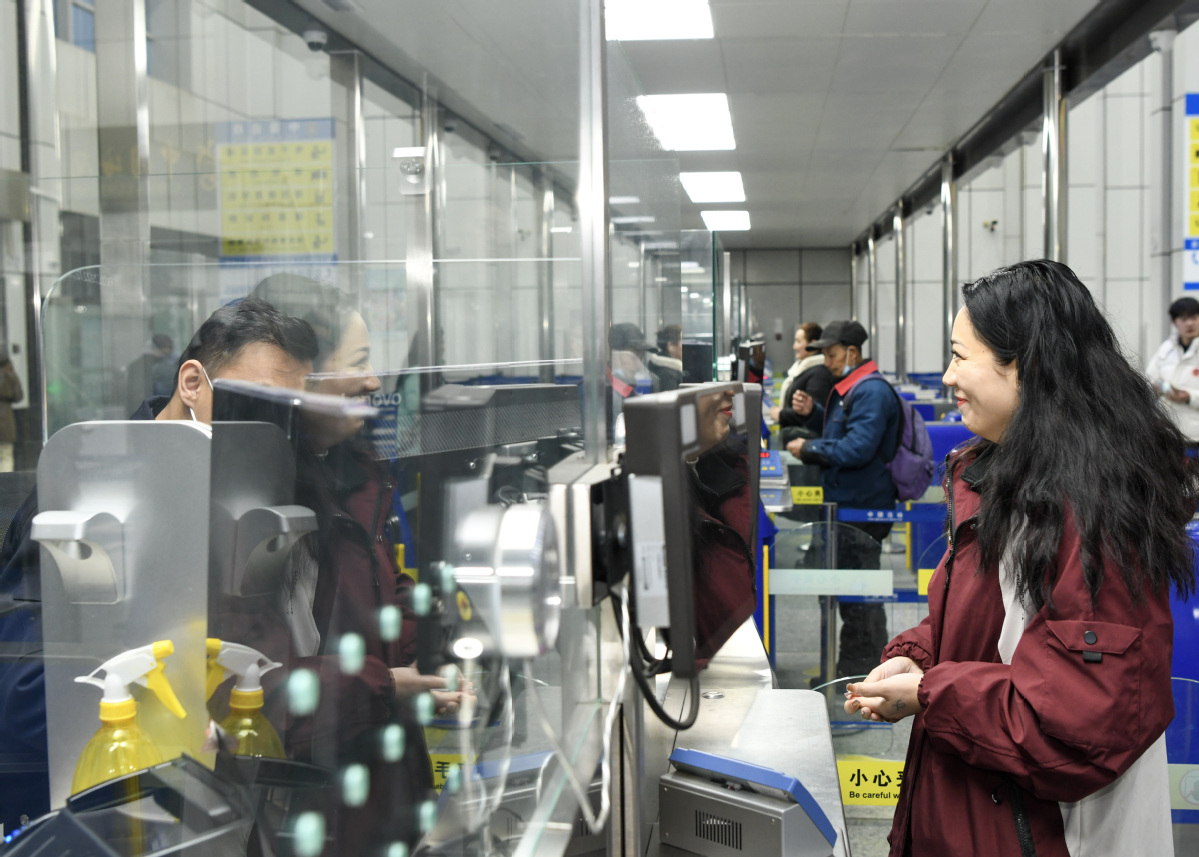
Tourists go through immigration procedures at the Khorgos International Border Cooperation Center on the China-Kazakhstan border on January 15.
Future tasks
However, even against this backdrop, the continued success of the emerging industry is by no means guaranteed, especially given the region’s lack of mature tourism infrastructure.
Problems most Chinese tourists complain about include language barriers and inadequate services such as transportation and accommodation.
Yang, an algorithm engineer, called for tighter regulation of the industry after traveling around the region for three months.
“In the past, I’ve been overcharged when catching a taxi, and I have to double-check when exchanging money to make sure I’m not being overcharged. Also, most people speak Russian, so communication can be very difficult,” he said.
“When I first entered Tashkent airport, I got the distinct impression that Uzbekistan was not prepared to handle a large number of tourists. There were no signs aimed at tourists, no clearly marked currency exchange offices and no prominent signs offering information to tourists. Tourists were forced to wave for help or search online,” analyst Tsian said.
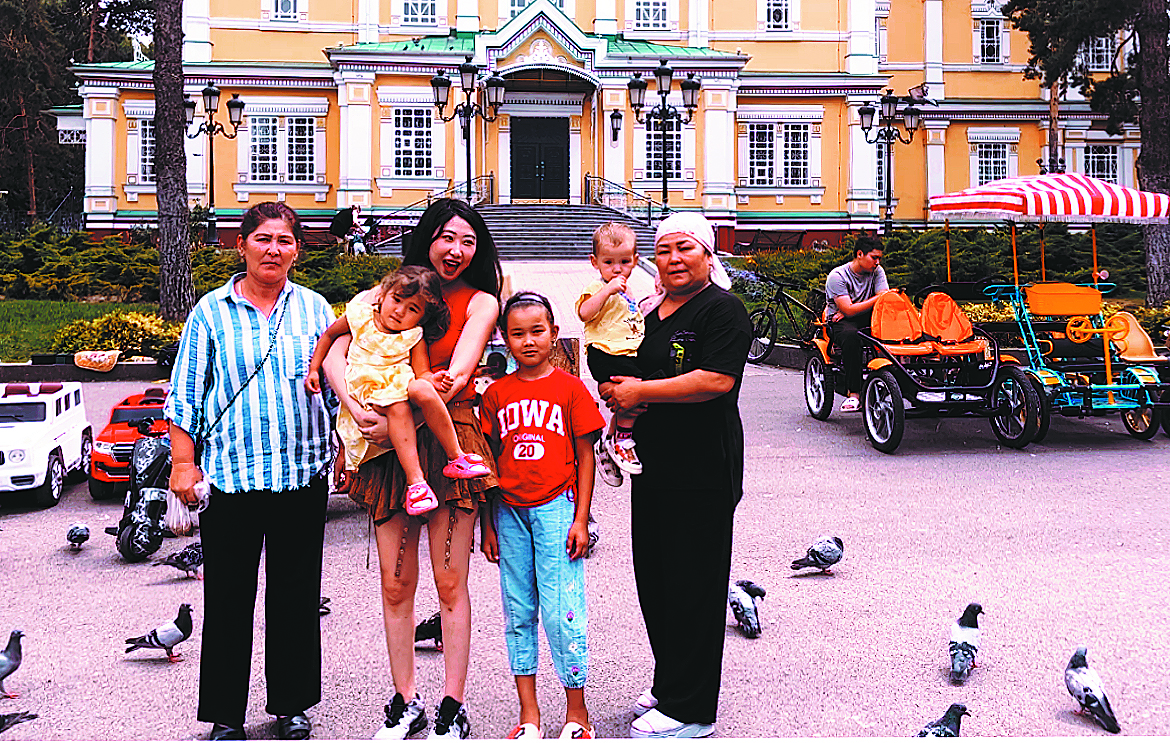
Yu Shennan (second from left) poses with locals in Almaty, Kazakhstan, in July. China Daily
However, when asked if he would return to the region, Qian was firm in his response.
“Of course. I really fell in love with Central Asia. The local culture is like a melting pot, with a clear mix of Western and Eastern influences coexisting in harmony,” he said.
“I believe that Central Asia will eventually become a very popular tourist destination, and the Silk Road will be restored to its former glory.”

